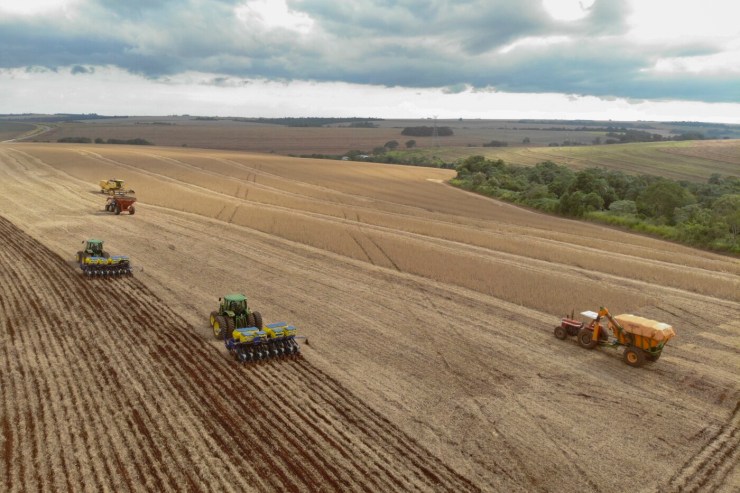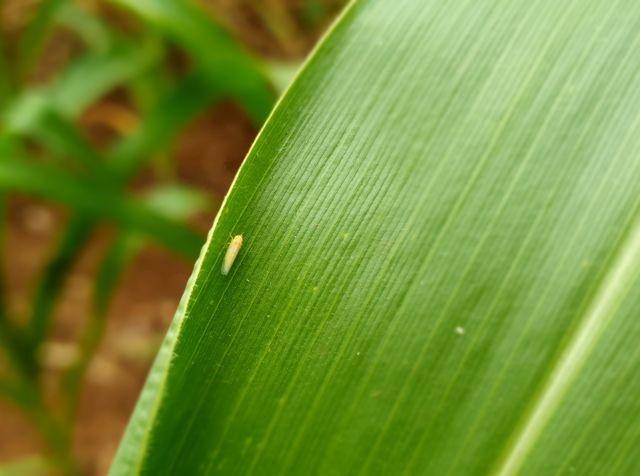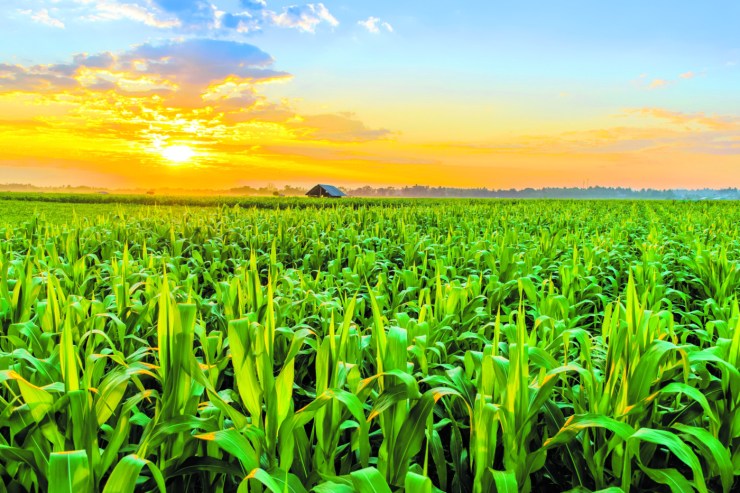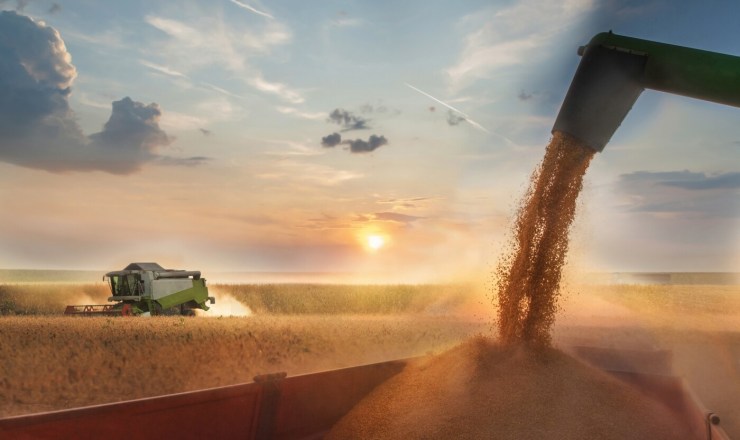The economic scenario for second-crop corn is affected by factors such as production costs, productivity, weather conditions and competition in the agricultural sector. For the second harvest of 2024/25, Conab estimates an increase of 3.8% in productivity, with an expectation of reaching 94.6 million tons, which brings optimism and should encourage producers to increase investments in the grain.

Photo: Guilherme Viana
However, climatic conditions have substantially interfered with the progress of planting and crop development, and climate forecasts indicate a reduction in rainfall due to the change in polarity of the rainfall regime. Therefore, seeking to stimulate plant metabolism will have direct impacts on crop productivity and quality rates.
In this scenario, the combination of bioactivators and foliar nutrition has proven to be an efficient strategy, in addition to reducing production costs for rural producers, optimizing investments in chemical fertilizers and applications of agricultural pesticides. “Foliar nutrition is especially important at critical moments in the corn cycle, when the plant has a greater demand for nutritional input, as it makes nutrients available directly, allowing for rapid and efficient absorption. Bioactivators stimulate physiological and biochemical processes, in addition to increasing growth capacity and resistance. Composed of amino acids, peptides, algae extracts and beneficial microorganisms, bioactivators make corn more efficient in capturing and using nutrients applied via soil and foliar application,” explains agronomist and PhD in Agriculture, Carolina Ruv.
Corn bioactivation is directly linked to the supply of nutrients that, in addition to performing classic metabolic functions, also act as biochemical signalers and activators of physiological processes. Potassium, for example, regulates osmotic processes and activates more than 60 enzymes related to photosynthesis and sugar synthesis, facilitating the transport of assimilates, improving water balance and making the plant better prepared to respond to stress.

Photo: Renata Silva
Zinc, in turn, is vital in the synthesis of tryptophan, a precursor of auxin, and is therefore essential for root growth and cell elongation, acting in the stabilization of cell membranes and in the activation of antioxidant enzymes. “In addition, boron is strategic for the bioactivation of the crop, as it participates in the transport of sugars, improves cell division and signals reproductive processes. Manganese, on the other hand, directly participates in the breakdown of water molecules, which results in the production of energy for metabolic reactions, activates enzymes involved in the biosynthesis of lignin and in antioxidant defense, important for the vigor and protection of corn,” he states.
The interaction between the tools enhances the positive effects on corn crops in several ways:
Greater absorption and mobilization of nutrients, due to increased membrane permeability and better transport of nutrients;
Improvement of photosynthesis, as bioactive substances stimulate the production of chlorophyll and the consequent conversion of light into energy (biomass);

Photos: Courtesy of AtmosMarine
Reduction of oxidative stress caused by the presence of natural antioxidants in bioactivators, which protect cells from damage caused by drought, extreme temperatures and phytotoxicity;
Increased metabolic efficiency due to the presence of amino acids and phytohormones that accelerate processes such as cell division and the formation of reproductive structures.
In this context, proper management is essential to optimize these interactions. Recent research shows different responses to applications of complexes with bioactivators and nutrients, according to the needs of the crop's metabolism at a given stage, with varied responses, for example, in potassium and sulfur levels, more prominent between V4 and V8. In addition, it contributes to stimulating the development of roots and aerial parts when applied at planting, increasing production efficiency.
Corn is a crop of great global importance, due to the economic and social role it plays. It is considered an energy food and is used in everything from animal feed to high-tech industries. Despite this, achieving high yields in the second harvest can be challenging. “By combining nutrients and bioactive technologies, such as amino acids and plant extracts, improving the efficiency of nutrient use, increasing resilience to environmental stresses and promoting more robust growth, there is a guarantee of stronger and more sustainable production, increasing productivity and ensuring profitability,” explains Carolina.




